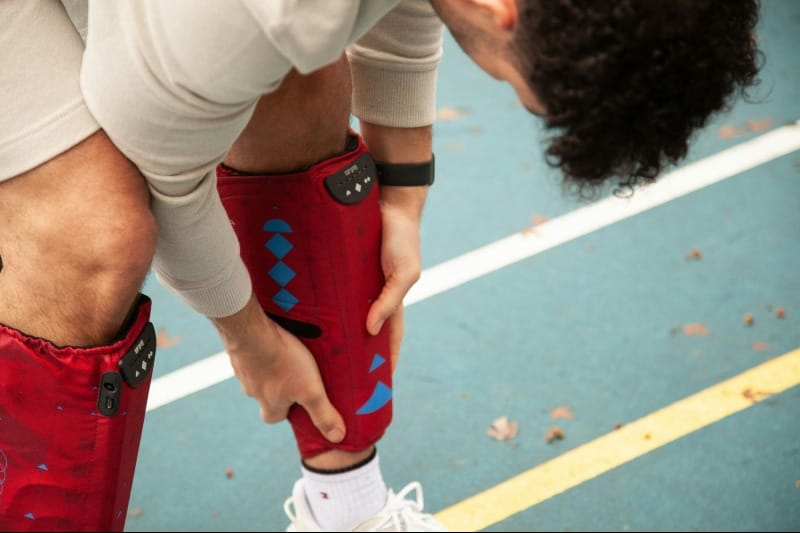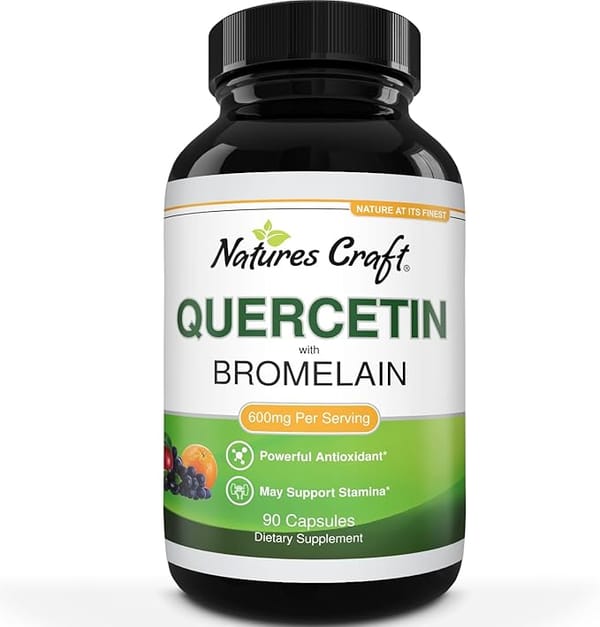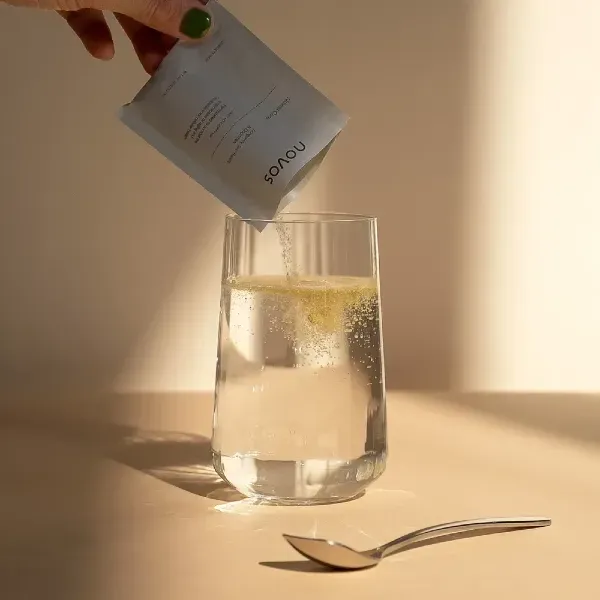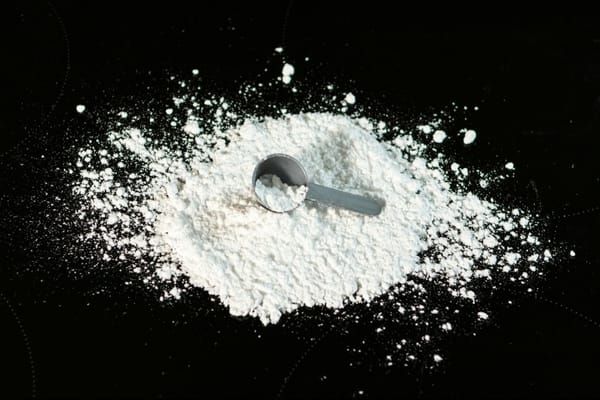In the world of elite sports and everyday fitness, recovery is just as crucial as the workout itself. One method gaining popularity among athletes and fitness enthusiasts alike is pneumatic compression therapy. But what exactly is this treatment, and can it really help Olympians - or you - bounce back faster after exercise? Let's dive into the science and benefits of this innovative recovery technique.
Key Takeaways:
- Pneumatic compression therapy uses inflatable garments to apply pressure to limbs, enhancing blood flow and reducing swelling.
- The therapy is widely used by Olympic athletes and is becoming increasingly accessible to everyday fitness enthusiasts.
- Benefits include faster recovery, reduced muscle soreness, and improved circulation.
- While effective, it should be used as part of a comprehensive recovery strategy, not a standalone solution.
- Home-use devices are available, but professional guidance is recommended for optimal results.
What is Pneumatic Compression Therapy?
Pneumatic compression therapy is a recovery technique that uses inflatable garments to apply controlled pressure to the limbs. These devices, often resembling oversized boots or sleeves, are designed to massage muscles and improve blood circulation[6]. The therapy works by systematically inflating and deflating chambers within the garment, creating a wave-like compression effect along the limb.
The Science Behind the Squeeze
The principle behind pneumatic compression is rooted in enhancing the body's natural recovery processes. By applying controlled pressure, these devices:
- Improve Blood Circulation: The rhythmic compression helps push blood and lymph fluid through the vessels, enhancing overall circulation[3].
- Reduce Swelling: By promoting fluid movement, pneumatic compression can help reduce post-exercise swelling and inflammation[5].
- Enhance Lymphatic Drainage: The therapy aids in removing metabolic waste products from muscles, potentially speeding up recovery[4].
- Decrease Muscle Soreness: Many users report reduced muscle soreness and fatigue after using compression therapy[2].
Olympic-Level Recovery for Everyone
While pneumatic compression devices have been a staple in Olympic training facilities for years, they're no longer exclusive to elite athletes. Many companies now offer home-use versions of these devices, making this recovery technique accessible to a broader audience[6].
Benefits for the Average Fitness Enthusiast
You don't need to be an Olympian to reap the benefits of pneumatic compression therapy. Here's how it can help the everyday exerciser:
- Faster Recovery: By enhancing circulation and reducing inflammation, you may find yourself ready for your next workout sooner[4].
- Reduced Muscle Soreness: The massage-like effect can help alleviate the dreaded post-workout aches[2].
- Improved Flexibility: Some users report increased range of motion after using compression therapy[5].
- Enhanced Relaxation: The gentle pressure can have a calming effect, potentially improving sleep quality - a crucial factor in recovery[7].
How to Incorporate Pneumatic Compression into Your Routine
If you're interested in trying pneumatic compression therapy, here are some tips:
- Start Slow: Begin with shorter sessions (15-20 minutes) and gradually increase as you become more comfortable with the sensation.
- Timing Matters: Use the therapy immediately after exercise for optimal results.
- Stay Hydrated: Drink plenty of water before and after your session to support the fluid movement promoted by the therapy.
- Don't Overdo It: While beneficial, pneumatic compression shouldn't replace other recovery methods like proper nutrition, sleep, and active recovery.
- Consult a Professional: If you have any underlying health conditions or concerns, it's always best to consult with a healthcare provider before starting any new recovery regimen.
The Bottom Line: A Promising Tool, Not a Magic Solution
Pneumatic compression therapy offers a promising addition to the recovery toolkit for both elite athletes and everyday fitness enthusiasts. While research shows numerous benefits, it's important to remember that it's not a one-size-fits-all solution or a replacement for fundamental recovery practices.
Dr. Andrew Harkins, a board-certified physical therapist, emphasizes, "Overall, compression therapy is an excellent form of recovery, both from a workout as well as an injury. However, it should be used as part of a comprehensive recovery strategy, not as a standalone solution"[7].
As with any recovery method, individual results may vary. Some people may find significant benefits from pneumatic compression, while others might prefer traditional methods like massage or stretching. The key is to experiment and find what works best for your body and fitness routine.
Looking to the Future
As technology advances and more research is conducted, we can expect to see further refinements in pneumatic compression therapy. Future developments may include more personalized compression patterns, integration with other recovery technologies, and even more affordable home-use options.
Whether you're an Olympic hopeful or a weekend warrior, the growing accessibility of pneumatic compression therapy offers an exciting opportunity to enhance your recovery and potentially boost your performance. By understanding the science behind this innovative technique and incorporating it wisely into your routine, you might just find yourself recovering like a champion.
Remember, the path to peak performance isn't just about how hard you train - it's also about how well you recover. So why not give your muscles the Olympic treatment? Your body might just thank you with faster recovery times and improved performance in your next workout.
Citations:
[1] https://www.ncbi.nlm.nih.gov/pmc/articles/PMC8590753/
[2] https://www.athleticlab.com/the-science-behind-dynamic-air-compression-for-athletic-recovery/
[3] https://motusspt.com/how-intermittent-pneumatic-compression-therapy-can-help-athletes/
[4] https://www.gq.com/story/do-compression-boots-work
[5] https://viverecoverycenter.com/the-not-so-secret-method-for-olympic-athletes-pneumatic-compression/
[6] https://www.prevention.com/fitness/fitness-tips/g45912433/benefits-of-compression-recovery/













Member discussion